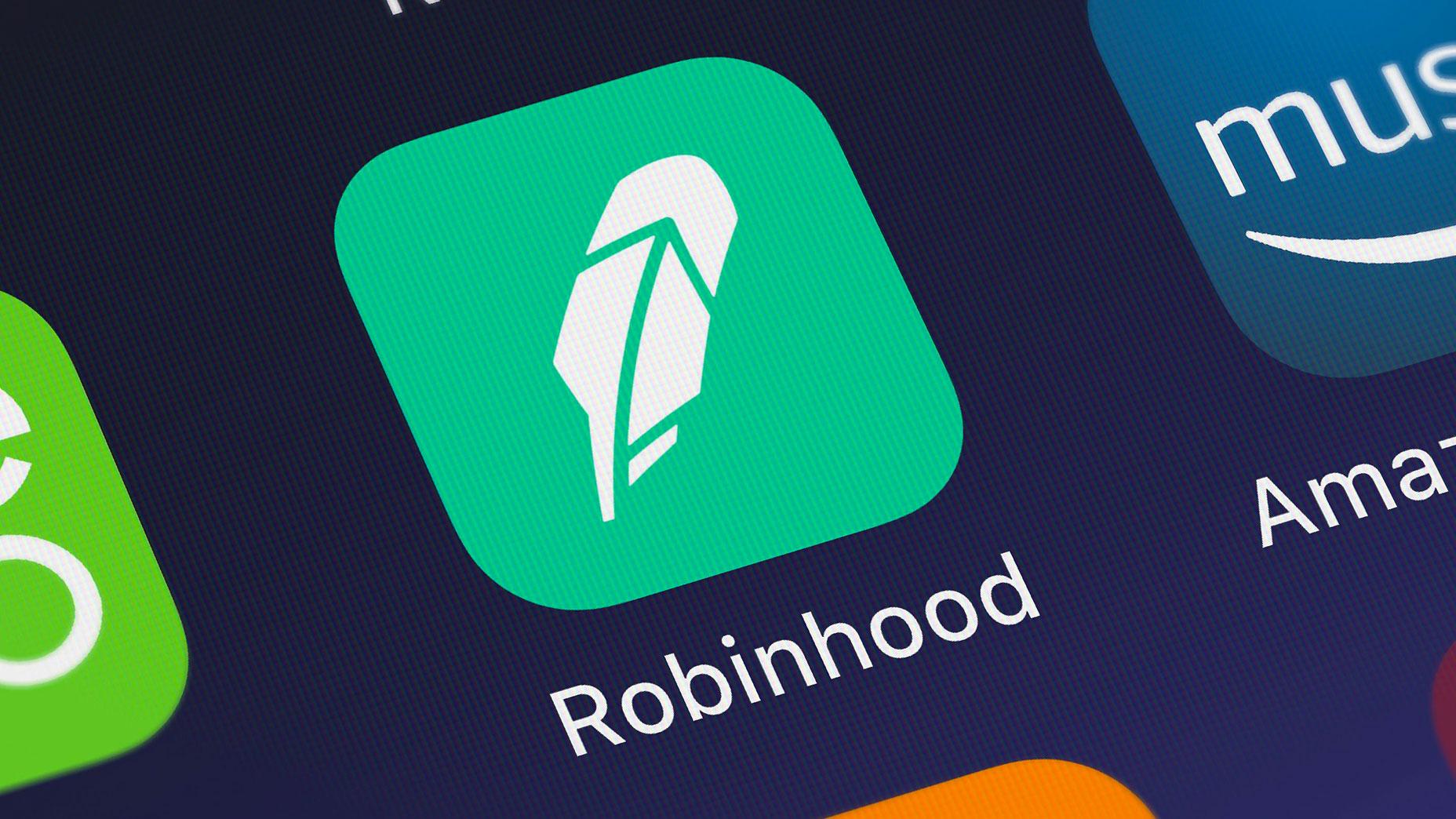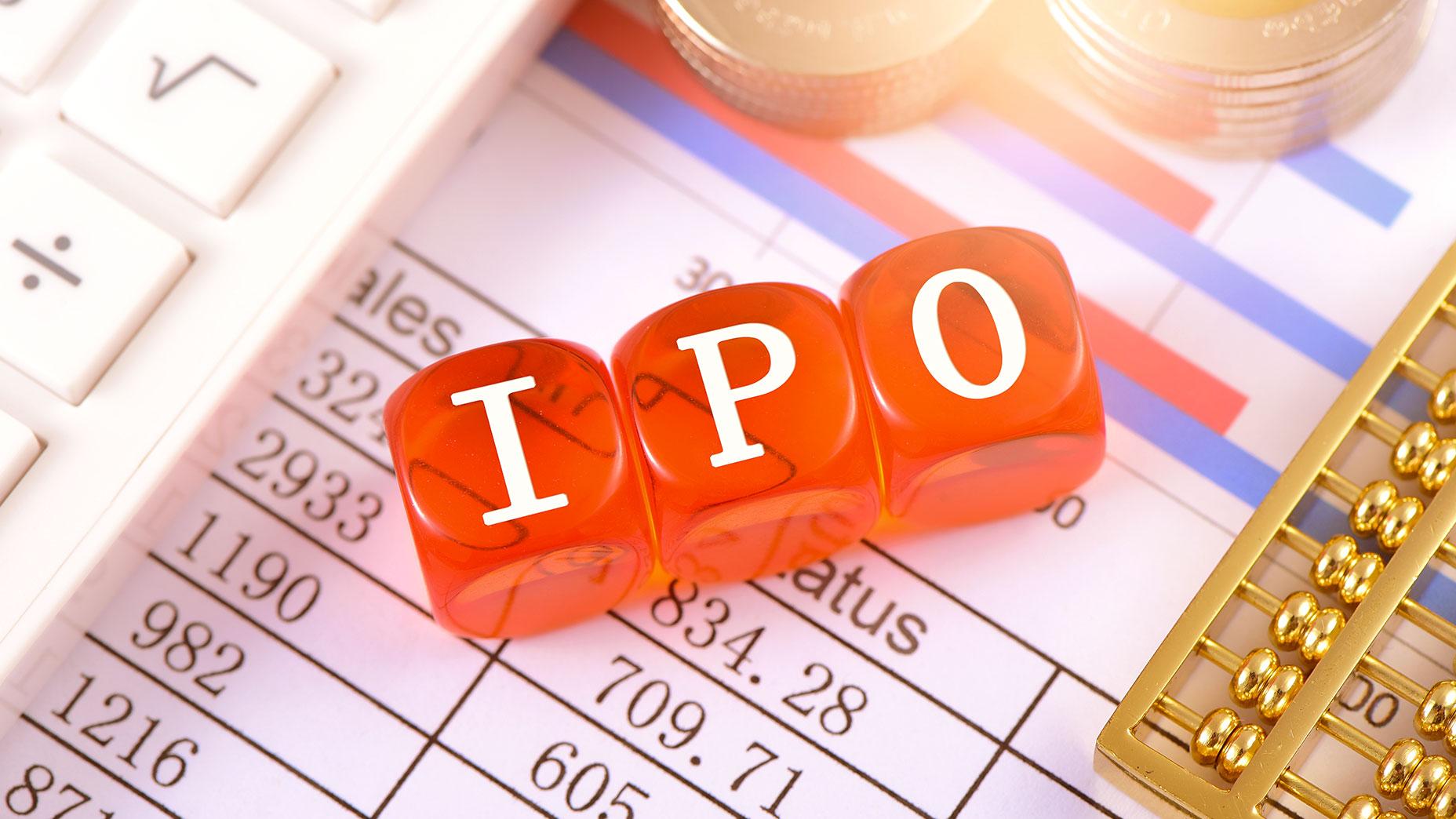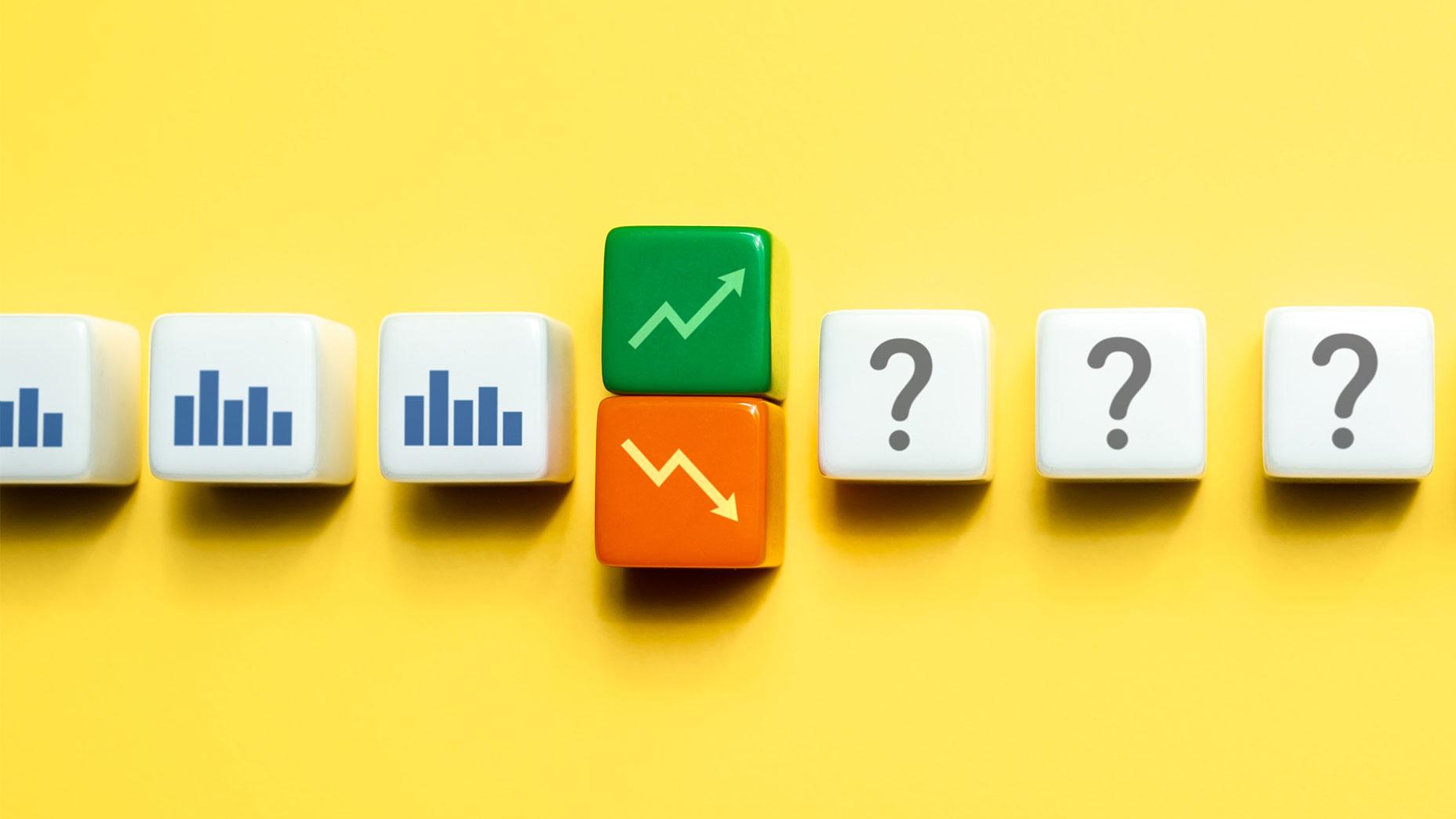What is a Share Buyback and When Should One Buy?

13 minutes for reading
What factors affect stock prices? Why and how can a share rise for several months or even years?
The answer is very simple: stock prices are affected by demand and supply. However, this raises another question: who creates the demand for shares?
And again, the answer is quite simple: the demand is created by market players. "I'm also a market player!", says an investor – "Today, I bought a share, thereby creating demand. And I'll be waiting for the price to rise tomorrow, the day after tomorrow, or in a month – so, no more buying for me". Consequently, this investor created the demand just once, but the price continues rising.
To dig deeper, let's take a look at, for example, Alphabet Inc. (NASDAQ: GOOG) shares, which cost $2,800, with an average daily trading volume of over one million shares, which gives us $2.8 billion.
Let's assume that $1.2 billion of this money is from the sale of shares, i. e. the supply. In this case, $1.6 billion is the purchase of the shares. Who creates such a demand for Alphabet shares every day? One thing is certain here – not retail investors.
A clear-cut answer to this question can be given by a stock exchange that trades these shares. This is the place where one can see who buys or sells securities, and in what volume. What is left for us is to settle for standard conclusions, such as market makers, institutional investors, the companies themselves, and retail investors. It's not always possible to find out the identity of a heavy buyer (it might even be a simulation or an artificial intelligence game).
While trying to find the market player who is ready to create the demand for shares of some particular company on a daily basis and is interested in their growth without making a profit, we encountered one quite well-known corporate action performed by issuers, called a buyback.
Today, we'll talk in more detail about buybacks, more specifically why companies spend billions of dollars to repurchase their shares, and who capitalises on this. we'll also provide you with examples of several companies that have recently announced their buyback programmes.
Buyback
A buyback is the repurchase of shares by a company. Typically, it happens on the open market, although companies sometimes repurchase their shares from shareholders off-board at the stipulated price.
As a rule, companies use their available cash assets to carry out buybacks – investing in the expansion of production, company mergers, dividend payouts, and so on. In other words, if a company carries out a buyback, in most cases this means it has plenty of money, hence it's financially stable.
What’s the benefit for shareholders of increasing their stake in a company?
A buyback reduces the number of outstanding shares on the open market. It helps to avoid unfriendly takeovers in cases of a decrease in the number of shares.
Repurchased shares belong to a company – they won't require dividend payouts, do not take part in the voting, and are usually cancelled. However, sometimes companies manage them more wisely.
Repurchased shares can be used as payment while merging with other companies, or distributed amongst employees to increase their productivity and efficiency. They can also be used for hiring highly qualified personnel who are offered the company's shares as a reward.
The reduction of the number of shares on the market leads to the increase of the existing shareholders' share in the company (provided repurchased shares were cancelled). For example, a company issues 1,000 shares, 800 of which are distributed among major shareholders, and 200 go to the market via an IPO. As a result, the major shareholders receive 80%, while the other 20% of the shares are sold on the open market to retail investors.
Thereafter, a company announces a buyback, repurchases 100 shares (10%), and cancels them. As a result, the number of outstanding shares is 900: 800 owned by major shareholders, and 100 by those who acquired them via an IPO. In the buyback process, the major shareholders' share increases up to 88%, while the number of shares available on the market goes from 20% to 12%.
What is the benefit for shareholders from increasing their stake in the company?
When the number of outstanding shares goes down, a return per share goes up, as well as a dividend payout (if a company pays out dividends, of course). In the case of liquidation of a company, a shareholder can claim a bigger share in it. Also, one shareholder's share may increase to such an amount that they will have deciding voting right in the said company.
As you can see, a buyback doesn't imply any negative consequences at all for a company and its shareholders. As a matter of fact, this is a quite positive corporate action.
When do companies carry out buybacks?
First of all, a buyback is a signal to investors that a company is stable, and the management believes in its further growth potential. It also indicates that the management considers the shares of the company are underestimated. This might often happen as a consequence of a negative news flow, which might be far from reality.
For this reason, when investors start selling off their shares on the market, issuers often interfere (if regulating authorities and finances allow this) and increase the demand for the shares, which later prevents them from falling.
There's is one more reason for a buyback. In the US, a dividend tax is higher than a capital gains tax. In this respect, shareholders tend to vote in favour of applying funds towards a buyback rather than paying out dividends because its positive effect is higher.
For example, a company has one billion outstanding shares. After a quarterly report, the amount of $1 billion was paid out in dividends. Consequently, the dividend on each share is $1. Let's assume that a share costs $10 – in this case, the dividend yield is 10%.
Here's another situation: money is applied towards a buyback instead of dividends. $1 billion means 100 million outstanding shares, which is almost 10% of their total number.
To start with, the news about an upcoming buyback will result in a rise in the share price due to the interest shown by investors. Thereafter, the number of outstanding shares will decline by 10%, but the price of a share will add up to the same 10% (considering the ongoing demand). The buyback process will continue for a specific period of time and one of its purposes is to increase the price of a share. As a result, the profitability of the Buyback action (news flow, increased demand for shares) may be of much higher value than dividend payouts.
Let's now look at an example of a company that doesn't pay out dividends.
Alphabet has been carrying out buybacks since 2015
In the first two quarters of 2021, Alphabet spent $23 billion on the buyback process. The total number of the company's outstanding shares is 660 million. If the above-mentioned $23 billion had been spent on paying out dividends, a dividend yield would have been $35 per share. The average share price in the first half of 2021 was $2,300. Consequently, the dividend yield would be 1.5%. It is worth noting that Alphabet shares added 70% over this period of time.
One may think that they would rise one way or another, without any buybacks, but here's a fact: Google started repurchasing its shares in 2015. Take a look at the chart and you'll see that from the IPO date up to 2015, its shares had been trading between $500 and $600.

The first buyback worth $1.7 billion was carried out in the fourth quarter of 2015. At that time, the price went from $600 to $800. Since then, Google has carried out buybacks on a regular basis. Since 2015, Google shares have added 380%. Is this a coincidence? We don't think so.
In total, Google has spent $90 billion on repurchases since 2015. This is the buyer we talked about before, who is ready to spend billions of dollars to support its stock value. The goal is not to secure profits. In this situation, profits go to investors whose portfolios include shares of a company that's carrying out a buyback.
Intermediate conclusion
First of all, a buyback demonstrates that a company has sufficient cash set aside for emergencies and a low probability of financial problems. A continuous buyback has a positive influence on the price of shares – it is rising thanks to a heavy buyer. A buyback is good for all market players, and the information about it motivates investors to purchase shares.
Consequently, if we want to find stocks for short or long-term investments, we should pay attention to the companies that have announced buybacks.
Companies that have announced buybacks recently
In the last two weeks, buybacks were announced by such companies as Dollar Tree (NASDAQ: DLTR), Thermo Fisher Scientific Inc. (NYSE: TMO), Lockheed Martin Corporation (NYSE: LMT), and McDonald's Corporation (NYSE: MCD). However, this doesn't necessarily mean that you should hurry to buy their shares.
On the day of the announcement, these companies' shares rose but started falling on the following day. You might say that retail investors had enough money for one day only.
A buyback announcement doesn't mean that a company will start repurchasing its shares on the very same day; this is why there weren't enough market players to support the shares on their levels.
When to buy shares?
Simply finding a company that has announced a buyback is not enough; you need to choose the right moment to buy its shares. After all, shares may drop, so a company would buy them back in an attempt to prevent them from falling deeper. The market can experience all kinds of situations.
A Facebook buyback
For example, in July 2018, Facebook Inc – now Meta Platforms Inc (NASDAQ: META) said that its revenue growth rate might slow down because the company had to increase expenses by 50% to identify and remove fake news quickly. On that same day, the company's shares lost 19% and had been moving within the downtrend until 2019.
Facebook's management decided that the market was too negative in its response to the news about a possible drop in income, and therefore increased the amount of money applied to buybacks. Prior to that, Facebook had spent about $800 million a quarter, while this sum increased to $4.2 billion after the news. In the fourth quarter of the same year, the company spent an additional $3.5 billion, and the falling of its shares came to an end. As a matter of fact, they started rising slowly and the quarterly buyback amount dropped to $1.1 billion.
Now, let's take a look at the chart. The gap that you see reflects the situation on the day when investors found out about a possible slowdown in the revenue growth rate. The gap was followed by sales, which continued until the end of 2018.

Yes, the company was carrying out a buyback. However, if we had bought its shares in, for example, August, we would have lost money. To avoid this from happening, turning to tech analysis would have been necessary, as this might have signalled when the downtrend was over so that investors could safely add Facebook shares to their portfolios.
Indicators in favour of the purchase of shares
To find an entry point, you can use one of the most famous indicators on the market, the Moving Average. Typically, people use the 50-day Moving Average or the 200-day Moving Average. The first one is used to define the moment of the trend reversal as early as possible.
In the shares chart, the price broke the 50-day Moving Average at $140. This event could be interpreted as a signal in favour of buying the shares. After the breakout, shares had been rising until 2019 before the COVID-19 pandemic outbreak.
At the end of 2021, Facebook shares were falling again, influenced by the same news as in 2018. The company's management was concerned about the possibility of reducing advertising profit because of the Apple (NASDAQ: AAPL) policy, which allowed users to refrain from providing any third parties with the data on their application activities. Shares are falling, the buyback sum is increasing again.
In the second quarter of 2021, Facebook spent a record-breaking amount of money on a buyback, $7 billion. In total, the social network is planning to spend $25 billion on repurchasing its own shares. The situation is quite similar to what happened in 2018 when the company allocated huge amounts of money to repurchase its shares while they were falling. However, there's a small difference in the analysis.

In the chart, we can see the price is trading below the 50-day Moving Average but above the 200-day one, which acts as the support; consequently, the first entry point can be a rebound from it. In case the price fails to reach it, the second option can be a breakout of the 50-day Moving Average to the upside.
Closing thoughts
A buyback is not a magic wand that we could wave on the stock market, but one of the ways to find a company to invest in. When we know the direction where major market players are trading, our job gets much easier. However, regardless of this, we always have to find out more information about the company, the shares of which we're planning to buy.
* Past performance does not predict future returns.








 are complex instruments and come with a high
are complex instruments and come with a high  of losing
of losing  rapidly due to
rapidly due to  . 69,88% of retail investor accounts lose
. 69,88% of retail investor accounts lose  when trading
when trading  with this provider. You should consider whether you understand how CFDs work and whether you can afford to take the high
with this provider. You should consider whether you understand how CFDs work and whether you can afford to take the high